“Why should there be only one teacher in class? Why not everyone teach and learn?”- Abhijit Sinha
India’s rural schools struggle with high rates of teacher absences and student dropouts. How do you educate youth without sufficient government funding, resources and teachers?
Abhijit Sinha believes fixing the problem is about defying tradition and instead allowing youth to design their own education using the internet and their community to support their learning. Sinha is the founder of Project Defy.
His model puts the power of learning into the hands of the learner. The learner identifies an interest or passion and then gets started with an outreach manager on the learning journey via a Nook or “learning space”. Nooks enable quality learning “due to better content on the internet and the grounding of the learner’s own interests and needs as the source of their motivation.” The learners learn collaboratively with their peers and local community instead of traditional teachers. They learn what they want and need and ignore what they believe isn’t relevant to curricula. Sinha says “learners fare better in the Nook if they work together, whereas students fare better in schools if they do better than others.” A total of eight Nooks currently exist in Karnataka, Punjab, Kerala, Andhra Pradesh and in Uganda and 11 more are in development. Will we see self-learning spaces pop up all around the world in the near future?
The Global Search for Education welcomed Abhijit Sinha to find out more.
” You do not truly own your learning if you do not have any say at the learning space.” – Abhijit Sinha
Many would argue that teachers are more important than ever in a changing world, given the infinite access to all types of information. For example – teachers help students navigate through the good content vs the bad content. They ensure learners engage with their learning tools in a way that supports deeper learning – what do you have to say about these perspectives?
First, it is simply infeasible to have as many great teachers as are needed, just as it would be to have millions and millions of amazing engineers, lawyers, etc.
Second, why burden someone in a role of such extreme expectation of knowing everything and learning nothing? This one-sided relationship has no benefit for teachers.
What is more natural is an exchange of information, learning and skills. That can happen between any two people. And it does. So why should there be only one teacher in class? Why not everyone teach and learn?
As far as navigating content goes, there are currently infinite learning resources over a large variety of domains. A finite number of teachers could only offer finite assistance based on their expertise. If that is the case, then others can help navigate your learning too based on what they have learned so far.
“Take risks. Redesign. Reimagine education. The conventional is not working.” – Abhijit Sinha
Please share some examples that illustrate how empowering students to take ownership of their own learning is working? How do you ensure that the learner is learning?
Firstly, non-domain learning. We notice that the non-existence of subjects in nooks works to the advantage of learners, prevents biases against any form of learning, and helps them create interdisciplinary projects. We had a young girl who hated math, but when she picked her project attempting to build an analogue clock, the old type, without batteries, she managed to figure out about six forms of math to make the gears, without even thinking that she’s learning math. Most people dislike certain subject areas not because they are truly boring, but because they had the misfortune of bad teaching or irrelevance.
Secondly, intergenerational and lifelong learning. Nooks allow adults and young ones to learn together. We have seen many project teams comprising of very young and very old people who work together and teach each other. In Kaggalipura, it was a wonderful sight to see a 60 year-old man learning from an 11 year-old child about how to make a little motored boat.
Thirdly, interpersonal respect. Nooks attract diversity. When we create the nook, we take care to start with those who are most marginalized in the community so that others who are higher up in the food-chain have to accept their presence from the very beginning and seek their help to effectively use the nook. Bringing people together in a close-knit safe environment helps people to get rid of their biases and understand those who were previously misunderstood.
Finally, the fun and responsibility of freedom. In nooks, the learners are fully responsible for the space as a community, and that not only includes cleaning the space, but also managing finances, making budgets, resolving interpersonal issues, paying bills and helping others learn. There is no hierarchy, so anyone who wishes to use the space must contribute to running it.
How would you describe the competencies and skills you are focused on?
Since we do not teach, the onus of learning is on the individual and the community. There are only two competencies that we focus on that we feel are essential for the individuals to embark on their learning journeys.
The first is self-learning. It is hard for us to start self-learning and to discover our own interests with generations of schooling under our belts. Our social programming makes it difficult to have our own dreams, especially in a country like India where we spend most of our lives satisfying our parents, grandparents, neighbors, teachers and society. We focus on building a small community at the nook that helps its people to learn what they want without imposing sanctions. We help individuals learn to ask for help and to help in return.
The second is self-management. You do not truly own your learning if you do not have any say at the learning space. Schools are therefore usually ineffective, because their primary target audience has no say in its functioning, and therefore schools are unable to improve, or really cater to the true needs of the learners. We help the community of learners create democratic processes to manage their learning space completely.
How do nooks accommodate different kinds of learners?
Nooks are nothing but communities of learners. When we create a new nook, we work with the first learners to create processes to invite and engage the learners that will come afterwards. New learners go through an introduction program by the existing learners, who help them get used to self-learning and become a part of the community of learners.
The rules and work processes of the nook are created by the learners with our help. As new learners come, if the same rules and functions will not work for them, then there are ways to challenge and amend these as well. Since diversity is in the nook right from the very beginning, the community gets a first hand experience of inclusion from the get go.We are currently trying to understand how various forms of disabilities can also be included by community-led initiative.
What can traditional education systems learn from your model?
Take risks. Redesign. Re-imagine education. The conventional is not working. I do humbly request all those who are in positions of power within the educational sector, or those who in some way influence it, to please look at education beyond just the last fifty years. Look at the origin of schools and reasons behind creating them. Then, consider if that’s what they want their students to go through. I also hope that they will practice empathy and do the simple task of asking the learners, even if they are little children, “what do you want?” Believe me, children are not stupid. You will be able to create great education models and learning environments if you listen to children and essentially, seek their help.
C. M. Rubin and Abhijit Sinha
Join me and globally renowned thought leaders including Sir Michael Barber (UK), Dr. Michael Block (U.S.), Dr. Leon Botstein (U.S.), Professor Clay Christensen (U.S.), Dr. Linda Darling-Hammond (U.S.), Dr. MadhavChavan (India), Charles Fadel (U.S.), Professor Michael Fullan (Canada), Professor Howard Gardner (U.S.), Professor Andy Hargreaves (U.S.), Professor Yvonne Hellman (The Netherlands), Professor Kristin Helstad (Norway), Jean Hendrickson (U.S.), Professor Rose Hipkins (New Zealand), Professor Cornelia Hoogland (Canada), Honourable Jeff Johnson (Canada), Mme. Chantal Kaufmann (Belgium), Dr. EijaKauppinen (Finland), State Secretary TapioKosunen (Finland), Professor Dominique Lafontaine (Belgium), Professor Hugh Lauder (UK), Lord Ken Macdonald (UK), Professor Geoff Masters (Australia), Professor Barry McGaw (Australia), Shiv Nadar (India), Professor R. Natarajan (India), Dr. Pak Tee Ng (Singapore), Dr. Denise Pope (US), Sridhar Rajagopalan (India), Dr. Diane Ravitch (U.S.), Richard Wilson Riley (U.S.), Sir Ken Robinson (UK), Professor Pasi Sahlberg (Finland), Professor Manabu Sato (Japan), Andreas Schleicher (PISA, OECD), Dr. Anthony Seldon (UK), Dr. David Shaffer (U.S.), Dr. Kirsten Sivesind (Norway), Chancellor Stephen Spahn (U.S.), Yves Theze (LyceeFrancais U.S.), Professor Charles Ungerleider (Canada), Professor Tony Wagner (U.S.), Sir David Watson (UK), Professor Dylan Wiliam (UK), Dr. Mark Wormald (UK), Professor Theo Wubbels (The Netherlands), Professor Michael Young (UK), and Professor Minxuan Zhang (China) as they explore the big picture education questions that all nations face today.
The Global Search for Education Community Page
C. M. Rubin is the author of two widely read online series for which she received a 2011 Upton Sinclair award, “The Global Search for Education” and “How Will We Read?” She is also the author of three bestselling books, including The Real Alice in Wonderland, is the publisher of CMRubinWorld and is a Disruptor Foundation Fellow.
Follow C. M. Rubin on Twitter: www.twitter.com/@cmrubinworld


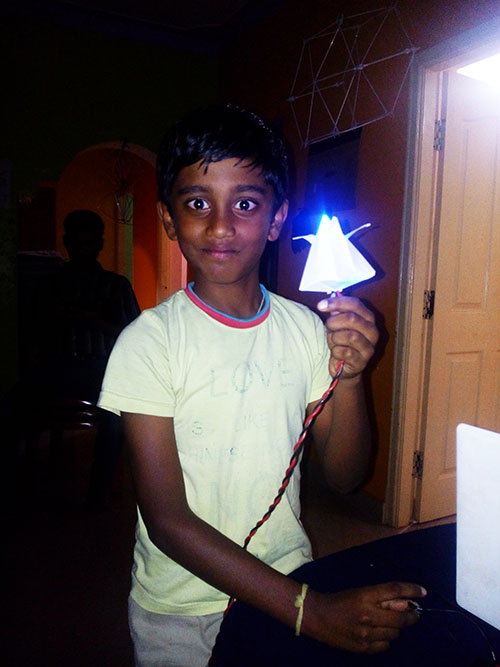
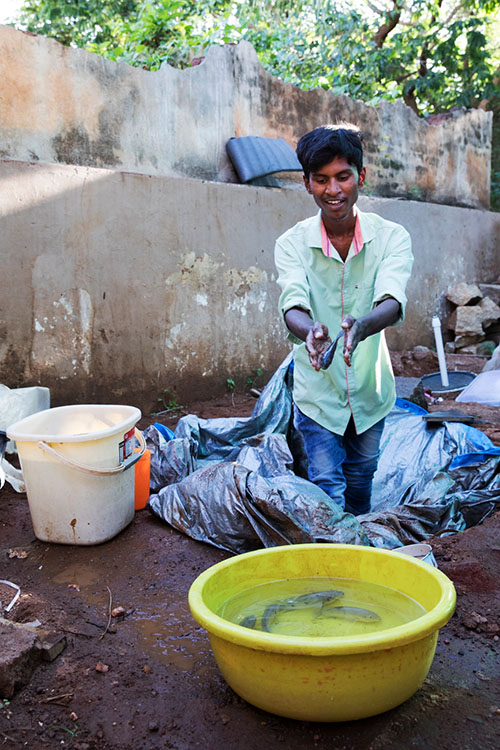
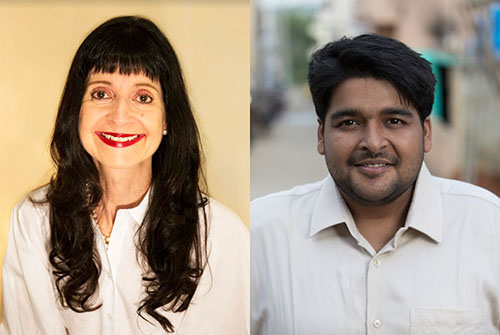
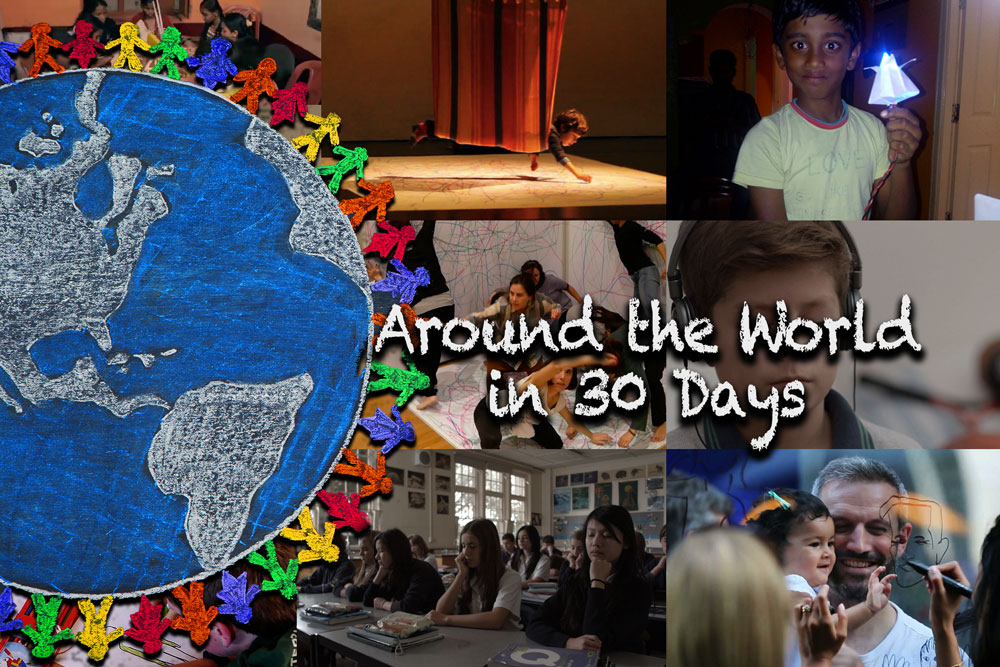
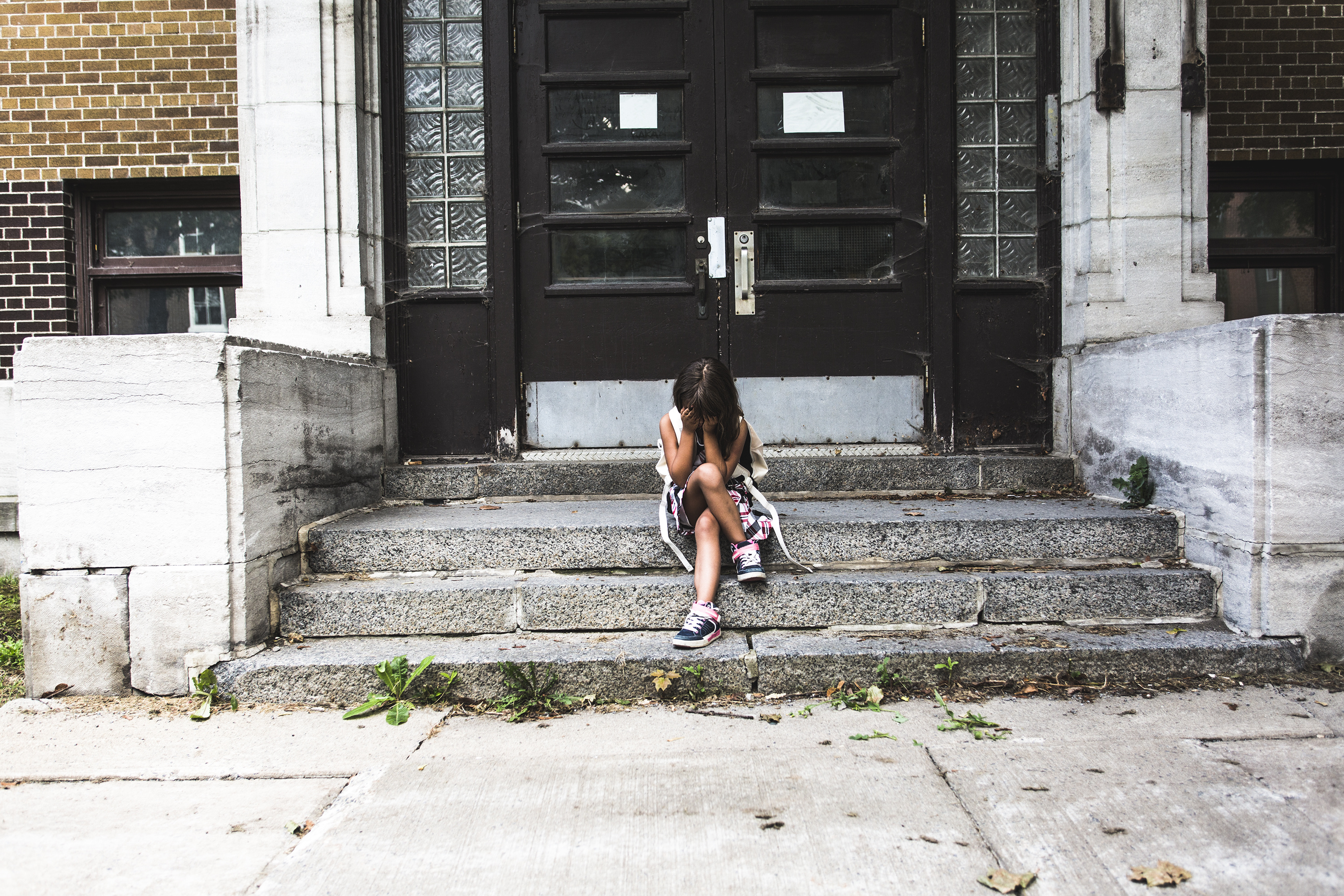
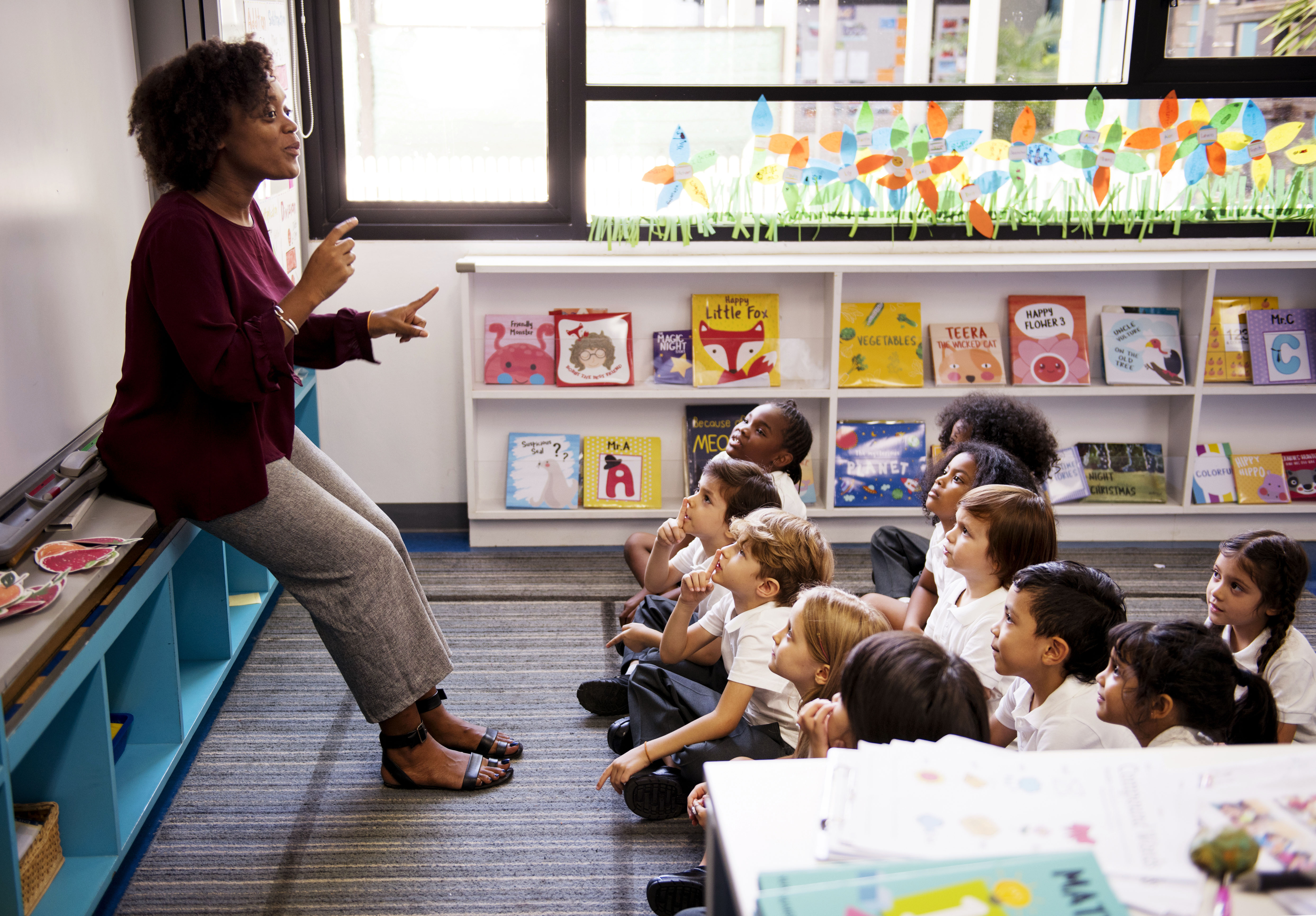
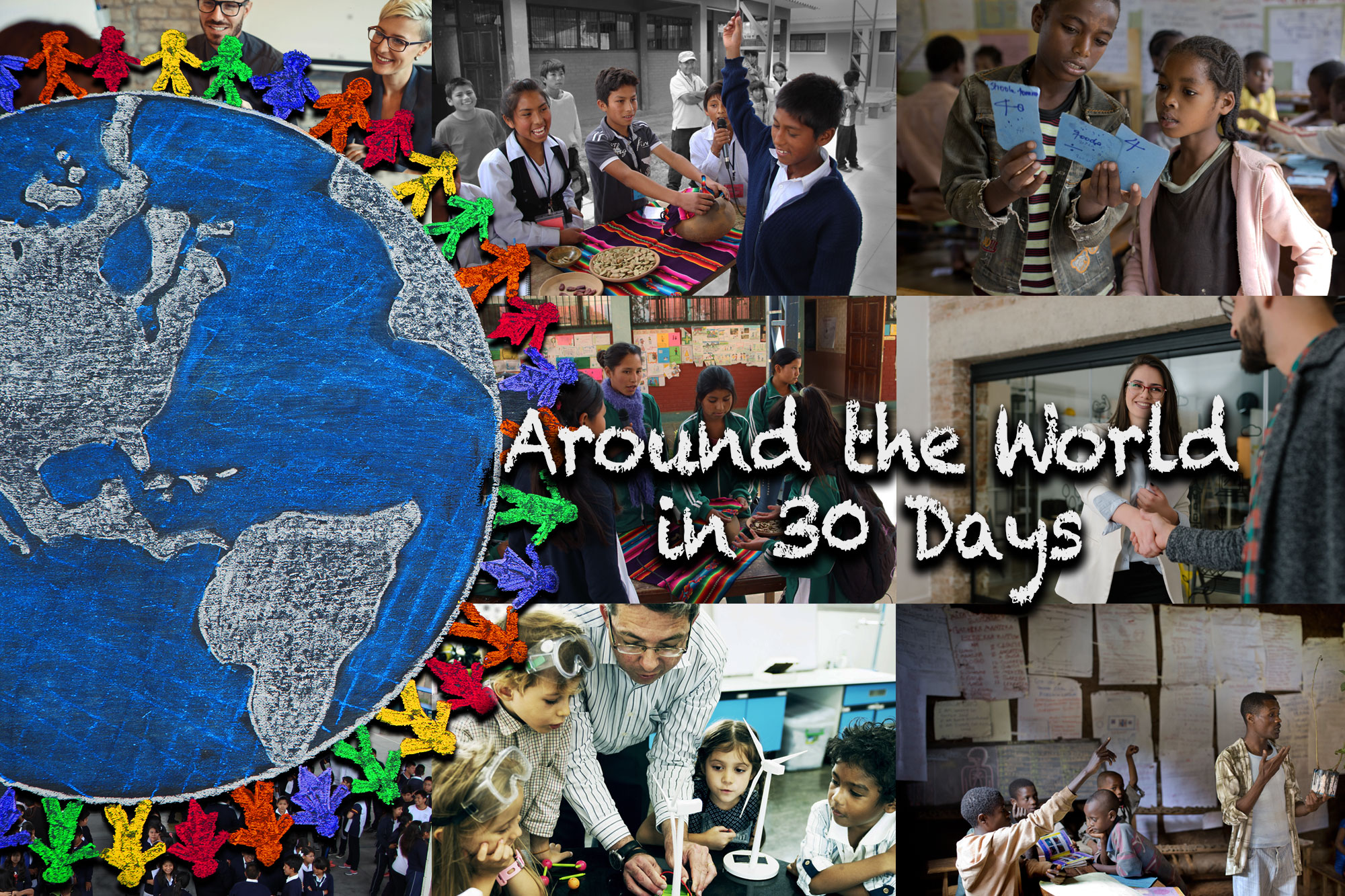
Recent Comments